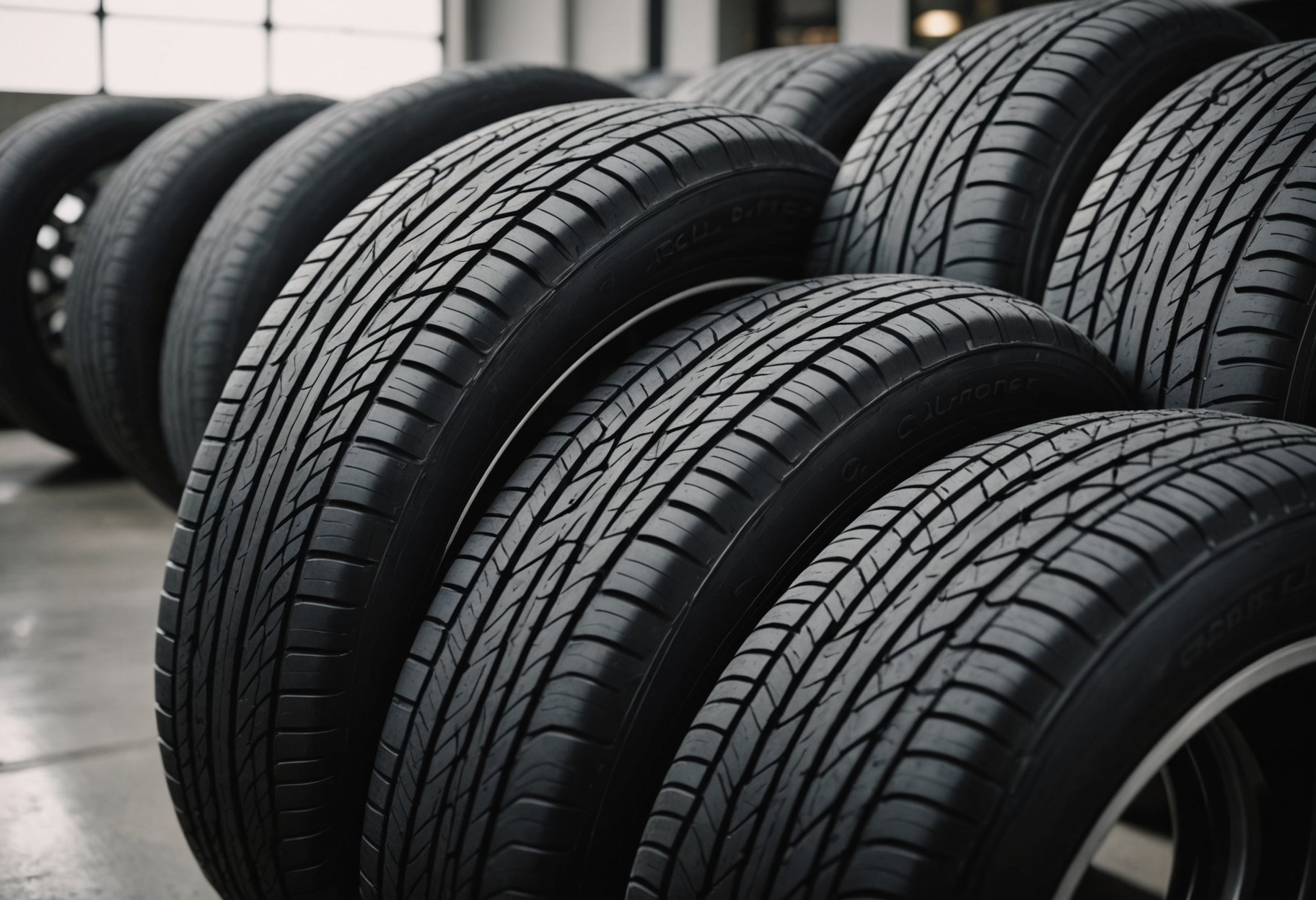When it comes to vehicle performance and safety, tire choice plays a vital role. Among the many factors to consider, tire width often stands out as one of the most critical elements. Selecting the proper tire width can influence handling, ride comfort, fuel economy, and vehicle stability. This article aims to provide an in-depth understanding of tire width, its importance, and how to choose the right size for different vehicle types.
Understanding Tire Width
Tire width is measured in millimeters, and it refers to the distance from one sidewall to another at the widest point of the tire (excluding any protruding tread features). For example, a tire with a size designation of 205/55R16 has a width of 205 mm. Transitioning from narrow to wider tires can significantly affect performance outcomes. Thus, understanding tire width is crucial for motorists.
The Significance of Tire Width
- Traction: Wider tires provide more surface contact with the road, improving grip and enhancing traction during acceleration and cornering.
- Handling: Wider tires generally offer improved handling characteristics, resulting in better steering response and cornering stability.
- Ride Comfort: Reduced width may lead to a more cushioned ride, whereas wider tires can transmit more road imperfections into the cabin.
- Fuel Efficiency: Wider tires can increase rolling resistance, which may lead to reduced fuel efficiency compared to narrower options.
- Appearance: Many vehicle owners choose wider tires for aesthetic reasons, aiming for a more aggressive and sporty look.
How Tire Width Affects Performance
The relationship between tire width and vehicle performance is multifaceted. The following sections will discuss the impact of tire width on various performance aspects, including traction, handling, comfort, and efficiency.
1. Traction
As mentioned, wider tires tend to provide better traction due to a larger contact patch. This increased area allows for better weight distribution and grip on the asphalt, particularly in adverse conditions such as rain or snow. Wider tires can effectively channel water away from the contact surface, reducing the risk of hydroplaning.
2. Handling and Stability
Handling characteristics improve significantly with wider tires. Wider tires enhance cornering capabilities as they reduce the lateral slip angle, allowing for better stability during sharp turns. However, it’s important to note that excessively wide tires may lead to oversteering in some situations, particularly for inexperienced drivers.
3. Ride Comfort
A downside to wider tires is that they may offer a rougher ride quality. The stiffer sidewalls often found in performance-oriented wider tires can translate more road vibrations into the cabin, decreasing ride comfort. Conversely, narrower tires typically feature a higher profile, which may cushion the ride better on uneven surfaces.
4. Fuel Efficiency
The increased rolling resistance of wider tires can lead to a decline in fuel efficiency. Wider contact patches can cause the engine to work harder, which translates into higher fuel consumption. Therefore, drivers concerned about fuel economy may want to consider narrower tires, especially for commuter vehicles.
Choosing the Right Tire Width
Selecting the correct tire width involves several considerations. The following factors must be evaluated:
1. Vehicle Type and Use
- Performance Vehicles: Sports cars often benefit from wider tires to improve cornering and stability.
- SUVs and Trucks: These vehicles may require wider tires for off-road capability and handling under load.
- Commuter Cars: Standard vehicles may find balance with mid-range tire widths that emphasize comfort and fuel efficiency.
2. Manufacturer Recommendations
Always refer to the vehicle manufacturer’s specifications for recommended tire sizes. Deviating from these can lead to negative impacts on performance, safety, and warranty coverage.
3. Aspect Ratio and Overall Diameter
The aspect ratio, represented in the tire size (e.g., 55 in 205/55R16), indicates the height of the tire sidewall as a percentage of the tire width. A lower aspect ratio typically signifies a shorter sidewall, resulting in better handling at the trade-off of ride comfort. It’s essential to maintain the overall diameter of the tires close to the stock size, as this affects speedometer accuracy and vehicle handling.
4. Driving Conditions and Climate
Different environments require different tires. For instance, wider tires might be useful in dry climates or performance-oriented settings; however, they may be disadvantageous in snowy or icy conditions. Be sure to consider the regular driving conditions encountered.
5. Tire Pressure
Maintaining appropriate tire pressure is critical in balancing performance attributes. Wider tires may require different pressure settings than their narrower counterparts. Proper inflation aids in maximizing contact patch, comfort, and fuel efficiency.
The Pros and Cons of Wider vs. Narrower Tires
| Aspect | Wider Tires | Narrower Tires |
|---|---|---|
| Traction | Enhanced grip and stability | May struggle in wet conditions |
| Handling | Better cornering capabilities | May feel less stable during aggressive turns |
| Ride Comfort | Stiffer ride; more vibration transmitted | Softer ride; better cushioning on uneven surfaces |
| Fuel Efficiency | Higher rolling resistance, poorer fuel economy | Lower rolling resistance, better fuel efficiency |
| Appearance | Sporty look | Standard or conservative look |
Adjusting Tire Width: Key Considerations
Before deciding to switch to wider tires, several adjustments must be taken into account:
- Wheel Size: Ensure wheels (rims) can accommodate wider tires. This includes checking the width and diameter.
- Body Clearance: Verify that the wider tires won’t rub against the vehicle’s body or suspension components during full steering lock or under compression.
- Suspension Setup: Consider upgrading suspension components for improved handling characteristics, especially if wider tires are fitted on a performance vehicle.
Conclusion
Choosing the right width for tires is a vital component of maintaining vehicle performance, safety, and comfort. Understanding the various implications of tire width, including traction, handling, and fuel economy, allows motorists to make informed decisions tailored to their driving needs. While wider tires often bring enhanced performance aspects, they may also come with trade-offs that should be carefully evaluated.
Always consult manufacturer recommendations and consider individual driving conditions when selecting tire width. Taking the time to analyze the pros and cons of different tire sizes can lead to better vehicle performance, improved safety, and an enhanced driving experience overall.
This HTML document contains a comprehensive article on the topic of choosing the right width for tires, optimized for SEO with clear headings, lists, and a table, while maintaining a structured format. The text elaborates on various aspects regarding tire width in an informative manner.









